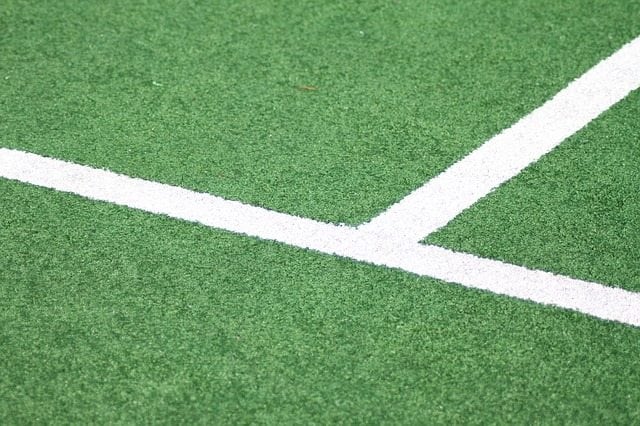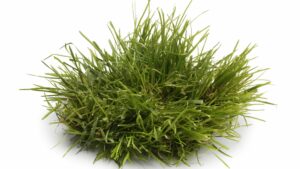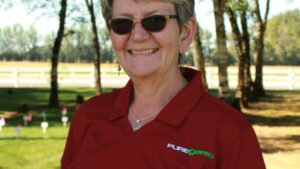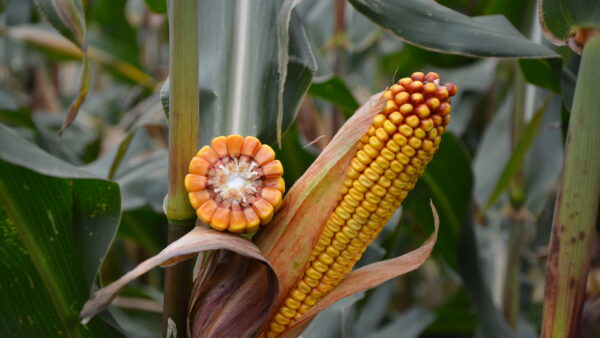Through breeding we enhance our turf varieties to withstand wear, diseases and difficult climatic conditions that are present at sports pitches and golf courses. This sets the grounds for the perfect green pitch for the sportsmen, and for spectators all over the world to look at when broadcasted on high resolution TV screens. But sometimes the core product – the highest quality seed – and the maintenance is not enough to make the perfect visual and playing surface.
A problem faced by groundsmen and greenkeepers is grass weeds in the turf. It disturbs that perfect look of an even, smooth green football pitch or the or roll of a golf ball. The grass weeds can emerge from seeds stored in the soil or from impurities in the grass seed used for seeding or overseeding.
The light green Poa annua (also known as annual meadow grass or simply poa) is one of the main challenges on stadiums all over the world. It is susceptible to environmental stress and has a prolific flowering that creates an uneven surface, and the light green color is in contrast to the desired darker look of the turf.
Poa annua are able to produce seed heads in 44-55 days after emergence. Each plant can have up to 100 seed heads to develop 1,000 – 2,250 seeds per year. The seed retains high viability in the soil for a minimum of four years and Poa annua can produce seeds at the lowest cutting height making it almost impossible to wipe out in production fields and on professional pitches. When a little free space and light is available in a stressed turf or in a seed production field, the fast germination of Poa annua will take advantage to fill-in the gaps. The result is very eye-catching as spotted light green colored areas at the pitch or an uneven putting surface on the golf green.
For groundsmen and greenkeepers to avoid the introduction or spreading of weed seeds, there are increasing demands for turf seed with a declared 0.0% content of weed seeds. It is a real challenge as Poa annua is the most common grass weed. Turf grass seeds is produced in fields where Poa annua and other weeds are naturally present in the seed bank of the soil. The only way to handle this problem is through planning and preparation in the crop rotation and stringent production procedures in logistics and cleaning plants.
The fineness and slower growth of turf grass in seed production fields allows space for Poa annua and other weeds to establish. That’s why the management of the seed production fields must have full attention to reduce problem weeds through the crop rotation. It is the corner stone in production of high-quality seed. Attentive management of weed control is a key, and so is the harvest strategy, where the cleanest parts of the production field are separated from the rest to achieve the best base for weed-free quality.
Seed cleaning equipment are able to sort out some weed seeds, bits of straw and other impurities. However, as the seeds of Poa annua has the same size as Kentucky bluegrass it is nearly impossible to separate them in the cleaning process, making the need for Poa annua-free seed from the seed growers more essential.
The cleaned seed lots are sampled, and 2.500 seeds are analyzed in ISTA accredited seed laboratories. Any impurities will be declared on the ISTA certificate. By demanding seed with a ISTA declaration of 0,0% weed seeds, groundsmen og greenkeeper’s can make sure that problem weeds will not emerge or spread from seeding or overseeding their high profiled pitches.








